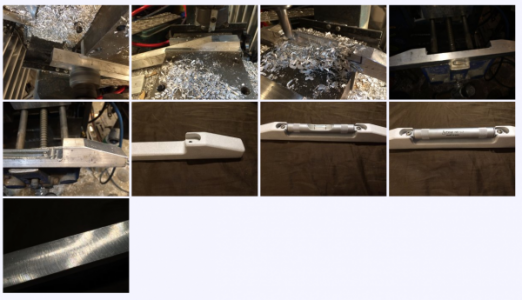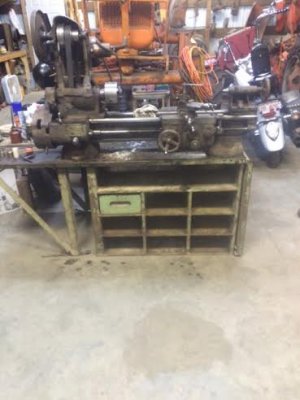If you are looking for levels on Ebay or wherever, be careful of what you are buying. Especially on Ebay, price and size are not necessarily a good guide for quality and precision. The important thing is the accuracy per unit distance. The brand of the level does not tell you. Starrett makes .005" per 10" as well as .0005" per 10 inches. They are not the same, count the zeros. One is 10 times more accurate than the other. Starrett also makes levels more and less accurate than either of those. The other companies do, too. A 12" level may look more manly than a 6" level, but if they have the same stated level of accuracy, they are the same other than size. Size can matter depending on what you are measuring. Too small can not bridge a gap, too big can not fit in many places. I have an import level with an accuracy of .0005" per 10", and it is quite precise, but it is also a pain in the butt to use for leveling machines. It needs to be re-calibrated for each session. If you hold it in your hand for a minute, your body heat will throw it off wildly. You have to wait for a couple minutes to read the bubble accurately. A minor tweak of the feet of a mill or lathe buries the bubble off the end of the scale. Yes, it works, but it is overkill for the job and just too fussy to use for that work. I guess a level with .005" per foot or so would be quite useful for leveling machines that are making parts that will stay in the earth's atmosphere. Electronic levels: Watch the numbers. Resolution, repeatability, and accuracy are quite different things, and you need to understand what they mean and which is being quoted. There are a lot of not very accurate or repeatable electronic levels out there which are being sold as precision levels at prices that are way out of line for what they really are.



